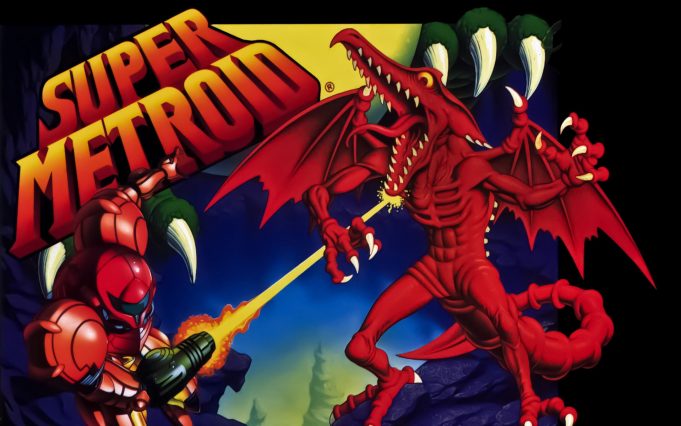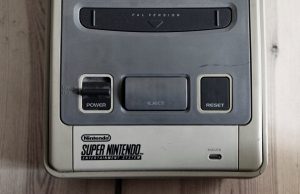Super Metroid, a timeless gem of the 16-bit era, holds a special place in the hearts of gamers worldwide. Released in 1994 by Nintendo for the Super Nintendo Entertainment System (SNES), this side-scrolling action-adventure game not only received critical acclaim but also left a lasting impact on the video game industry. Let’s take a journey into the fascinating world of Super Metroid and explore how it profoundly influenced the gaming landscape.
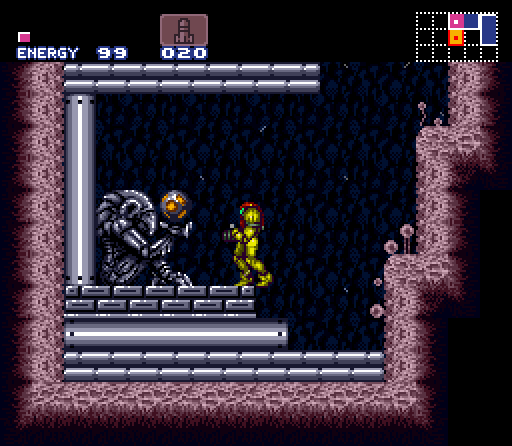
The Birth of Super Metroid – A Classic Emerges
Let’s uncover the origins of Super Metroid and how it came into being. We’ll trace its development from the original Metroid on the NES to its transformation on the SNES, discovering the innovative gameplay mechanics and visionary design choices that set this game apart from its predecessors.
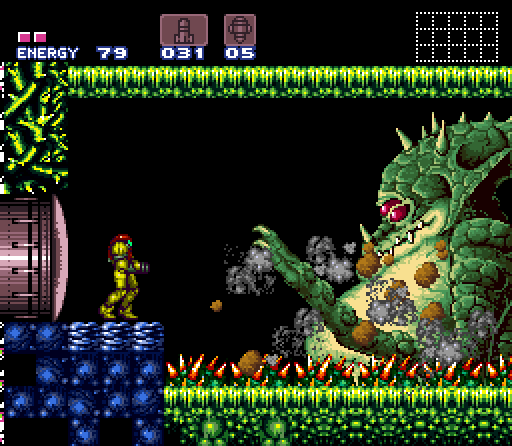
Setting the Stage – The Legacy of Metroid
Super Metroid didn’t appear out of thin air; it inherited a rich legacy from its predecessors. The original Metroid, released on the NES in 1986, introduced players to the mysterious planet of Zebes and the formidable bounty hunter, Samus Aran. It captivated players with its atmospheric gameplay, open-ended exploration, and the thrill of uncovering hidden secrets. Metroid II: Return of Samus, released on the Game Boy in 1991, continued the saga, taking players on a mission to eliminate the Metroid species. These games laid the foundation for Super Metroid, which would take the series to new heights.
Gameplay Revolution – Defining the Metroidvania Genre
Super Metroid introduced the gaming world to a genre that would become a mainstay in the industry – Metroidvania, with the game’s non-linear gameplay, expansive world, and clever use of power-ups, the game set the standard for future titles, inspiring countless developers to create their own open-ended exploration experiences.
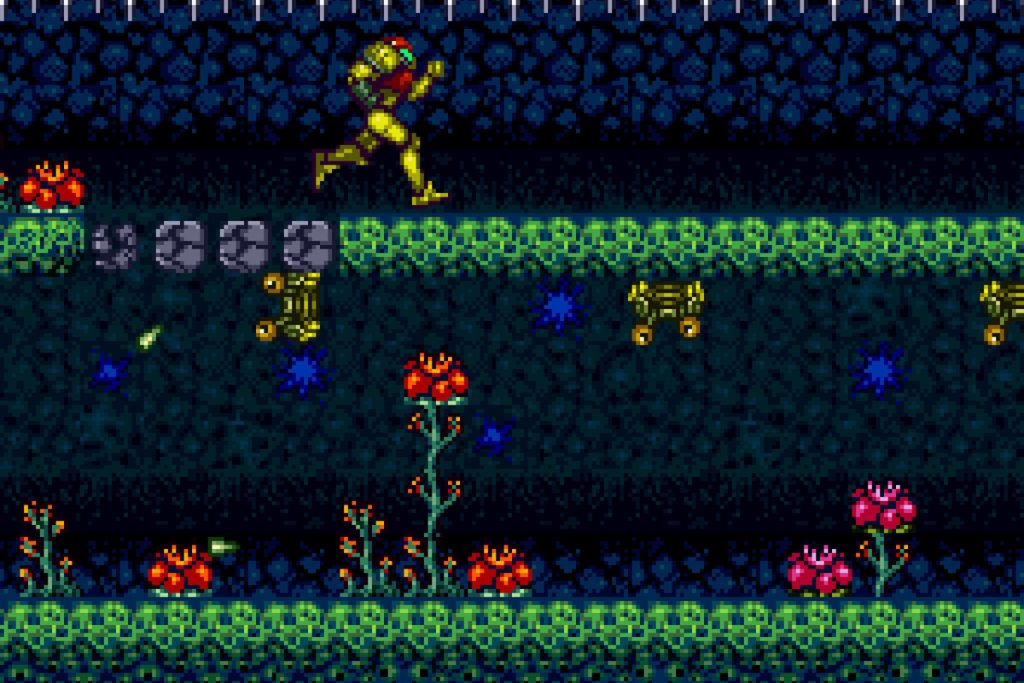
Exploration Redefined – Non-Linear Gameplay
Super Metroid broke away from traditional linear level design and presented players with a vast world to explore. From the moment players stepped onto the eerie surface of planet Zebes, they were free to choose their own path, deciding where to go and how to overcome challenges. This non-linear structure not only made the game more replayable but also encouraged players to interact with the environment in unexpected ways. By obtaining new power-ups and upgrades, players could access previously inaccessible areas, making each playthrough a unique adventure.
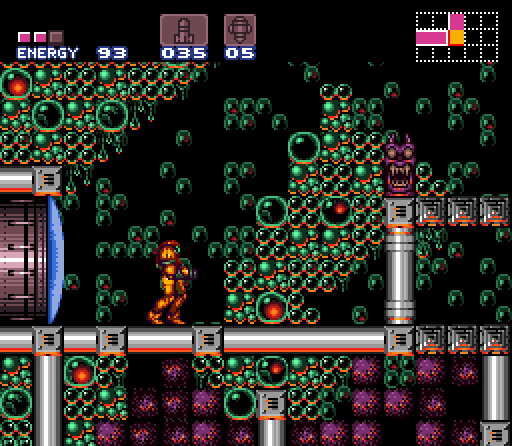
Power-Ups and Progression – A Perfect Balance
At the heart of Super Metroid’s gameplay lies the carefully crafted power-up system. As Samus Aran, players had to collect various power-ups, each granting new abilities and enhancing the protagonist’s capabilities. From the iconic Morph Ball and Screw Attack to the Varia Suit and Grapple Beam, each power-up felt integral to the game’s progression. The balanced integration of these upgrades allowed players to conquer daunting challenges while avoiding a sense of overwhelming empowerment. This dynamic progression system made exploration rewarding, as players were constantly discovering new ways to interact with the environment.
Super Metroid’s Enduring Legacy
Even after nearly three decades, Super Metroid’s impact can still be felt in modern gaming. How does the game continue to influence game design, storytelling, and evoke nostalgia among both devoted fans and newcomers alike.
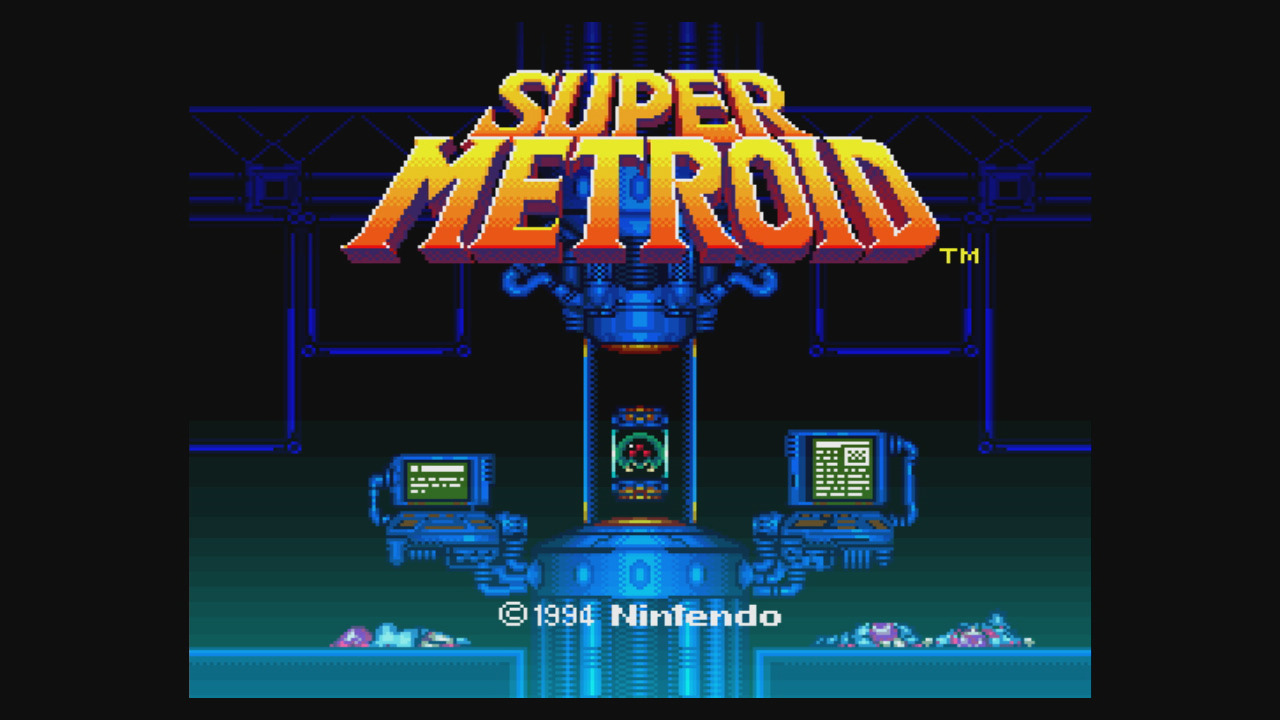
Influence on Game Design – From Classics to Contemporary
Super Metroid’s groundbreaking design served as a blueprint for numerous games that followed. Castlevania: Symphony of the Night, released in 1997 for the PlayStation, adopted many of the Metroidvania elements, creating a similar open-ended world filled with secrets and interconnected areas. Furthermore, modern indie games like Hollow Knight and Axiom Verge have drawn inspiration from Super Metroid, showcasing how its design philosophy transcends generations and platforms. The game’s influence continues to resonate with developers seeking to craft immersive, exploration-focused experiences.
Super Metroid, the sassiest space adventure ever
Super Metroid, a pioneering title of its time, has rightfully earned its place in gaming history as a trailblazer that redefined exploration-based gameplay. From its inception as a sequel to the NES classic to its enduring legacy on modern platforms, Super Metroid’s impact remains palpable. As we celebrate the golden era of retro gaming, let us not forget the game that challenged conventions and laid the foundation for countless adventures to come.






















